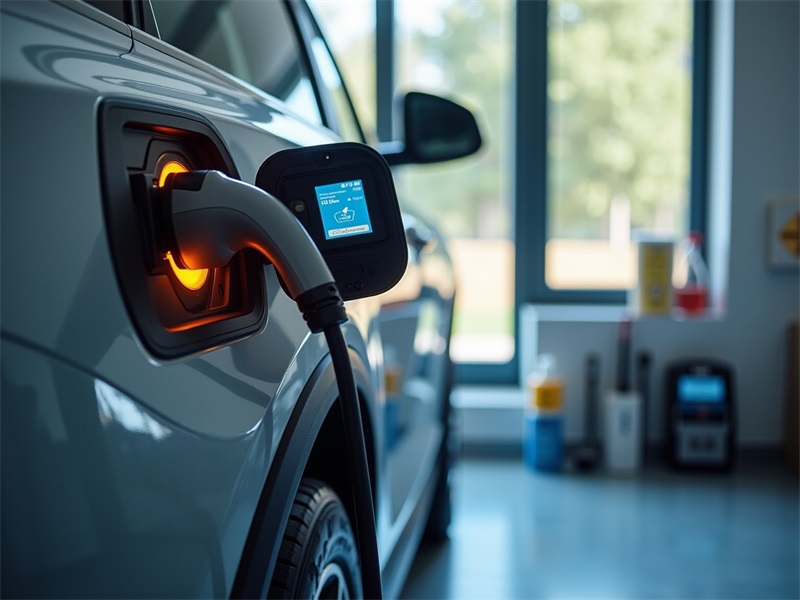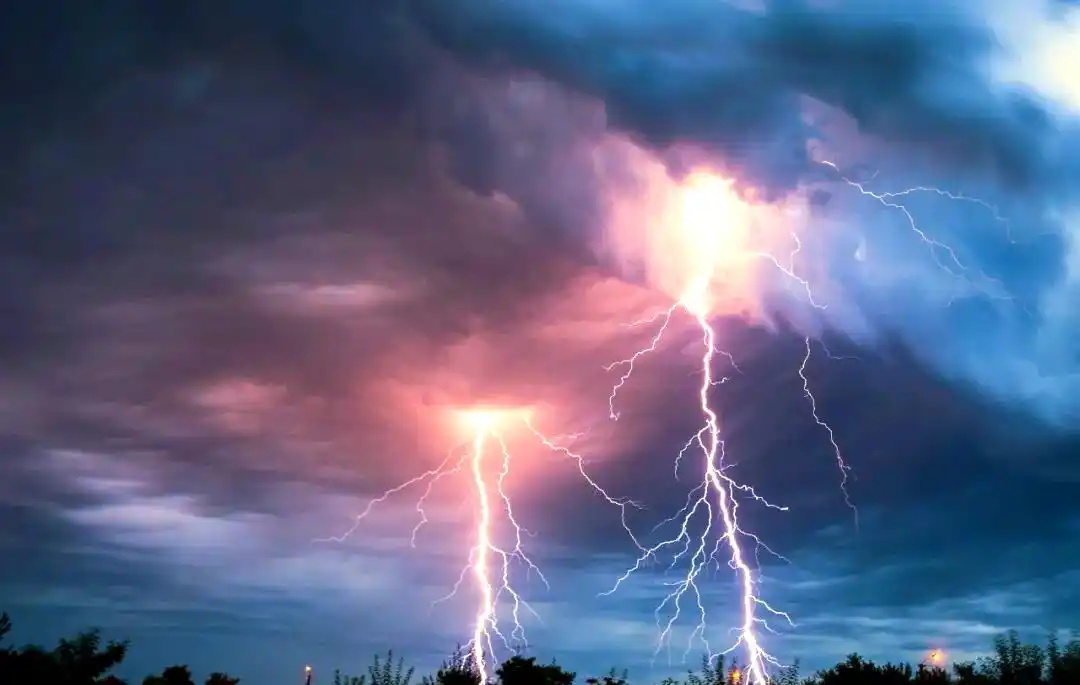
During summer months, with frequent high temperatures and rainfall, special attention must be paid to the charging safety of pure electric vehicles. High temperatures can significantly impact battery performance and lifespan while increasing potential safety hazards.
Temperature Effects on Batteries:
● The optimal operating temperature range for lithium-ion batteries is between 8-25°C (46-77°F)
● When batteries operate in environments exceeding 55°C (131°F) for extended periods, capacity degradation accelerates
● At temperatures above 60°C (140°F), the risk of thermal runaway increases substantially
Thermal Management Considerations:
The internal resistance of batteries generates heat during both charging and discharging processes. This effect is particularly noticeable:
● After high-speed driving or rapid acceleration
● When using fast charging stations
● During consecutive charging cycles without adequate cooling periods
Pre-Charging Preparations:
● After completing a trip, allow the vehicle to rest for at least 30 minutes before initiating charging
● Whenever possible, choose shaded parking areas with good ventilation for charging
● Avoid charging in direct sunlight, especially during peak temperature hours (typically 11am-3pm)
● Do not park on hot asphalt surfaces while charging, as this can increase thermal load
Charging Method Selection:
● Standard AC charging (Level 2) is preferable to DC fast charging in high temperatures
● When using public charging stations, select 220V AC chargers over high-power DC options
● For daily commuting needs, maintain charge levels between 80-90% of total capacity
● Perform a full 100% charge approximately once per month to maintain battery calibration

Thunderstorm Safety Protocol:
● Immediately stop all charging activities when thunderstorms approach
● Monitor local weather forecasts when planning extended charging sessions
● Avoid charging in flood-prone areas or underground parking during heavy rainfall
Heavy Rain Precautions:
● Terminate charging if water begins accumulating near the charging port
● Verify that both the vehicle and the charging equipment have proper waterproof certifications
● Ensure charging cables are not submerged in standing water
During the Charging Process:
● Turn off unnecessary electrical systems, including air conditioning and entertainment systems
● Set reasonable charging time limits, not exceeding eight continuous hours
● Keep the charging area clear of obstructions and flammable materials
Routine Maintenance Recommendations:
● Where possible, maintain regular charging habits rather than deep discharges
● Periodically inspect charging ports and connectors for signs of overheating
● Pay attention to battery temperature warnings displayed on the dashboard
For Abnormal Situations:
● If the charging connector becomes excessively hot, Immediately stop charging and unplug
● When noticing unusual odors or smoke, Evacuate the area and contact emergency services
● If water enters the charging port, Do not attempt to disconnect - seek professional assistance
Additional Recommendations:
● Consider installing a dedicated charging station in a covered, well-ventilated area at home.
● When using public chargers, select stations with weather protection when available.
● During heat waves, consider charging during cooler morning or evening hours.
By following these detailed charging guidelines, electric vehicle owners can ensure optimal battery health and maximum safety during challenging summer conditions. These practices help maintain battery capacity and extend the overall service life of your vehicle's power system.
For model-specific recommendations, always refer to your vehicle owner's manual and consult with authorized service providers regarding any unique charging requirements for your particular electric vehicle.
Contact Person: Miss. Kiki
| WhatsApp : | +8617763224709 |
|---|---|
| Skype : | +8617763224709 |
| WeChat : | +8617763224709 |
| Email : | kiki@lifepo4-battery.com |